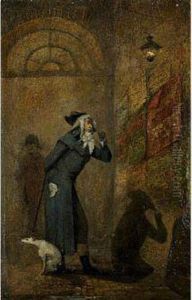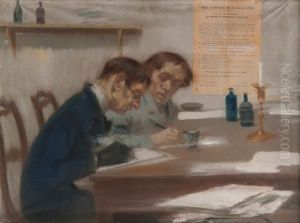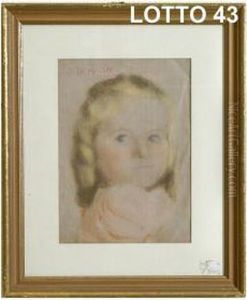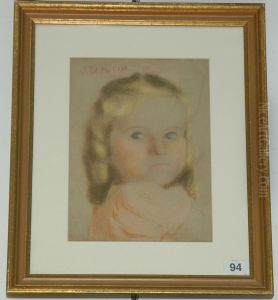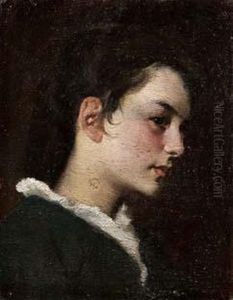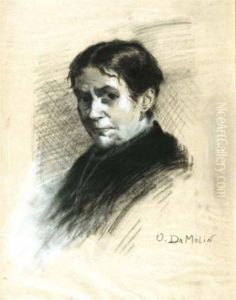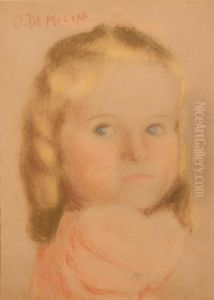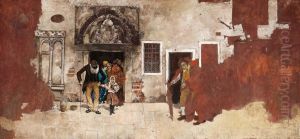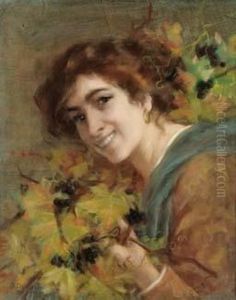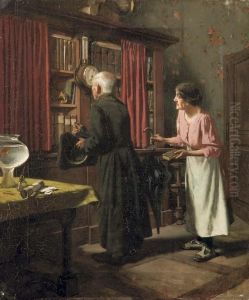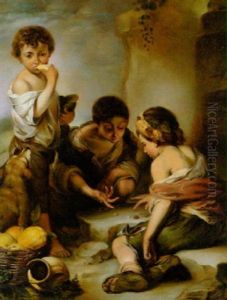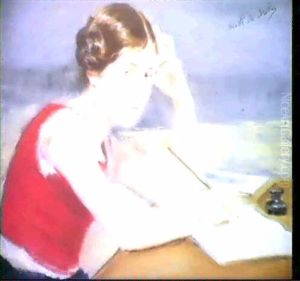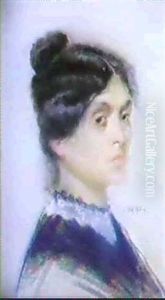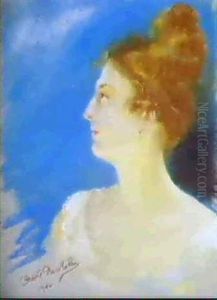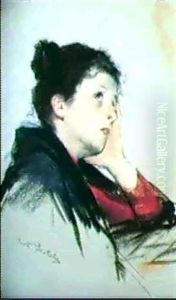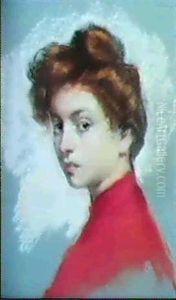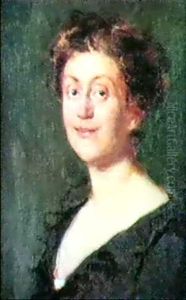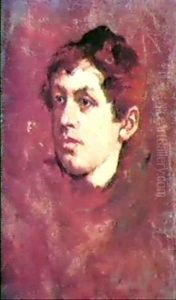Oreste Da Molin Paintings
Oreste Da Molin was an Italian sculptor born in the year 1870, hailing from the city of Padua in the Veneto region of Italy. His life spanned a period of significant change in the art world as it transitioned from the traditional styles of the 19th century to the modernist movements of the 20th century. Da Molin's work, however, was deeply rooted in the classical tradition, reflecting the influence of Renaissance masters and the academic training prevalent in his time.
Da Molin received his artistic training at the Royal Academy of Fine Arts in Venice, where he honed his skills in sculpture under the tutelage of established artists. He swiftly gained recognition for his ability to convey emotion and realism in his work, and his sculptures often featured historical and mythological subjects, rendered with a strong sense of naturalism.
Throughout his career, Da Molin participated in various exhibitions and received commissions for public monuments, which remain significant markers of his contribution to the arts. His work was especially noted for its detailed craftsmanship and the expressive quality of his figures, which evoked the grandeur and drama of the past.
Despite his conservative approach to art, Da Molin's sculptures were appreciated for their technical mastery and adherence to classical beauty. His commitment to the traditional values of sculpture made him a respected figure among his contemporaries, even as the art world around him was rapidly changing due to the emergence of avant-garde movements. Da Molin continued to work and contribute to the Italian art scene until his death in 1945, leaving behind a legacy of timeless artworks that continue to be studied and admired for their artistry and historical value.
